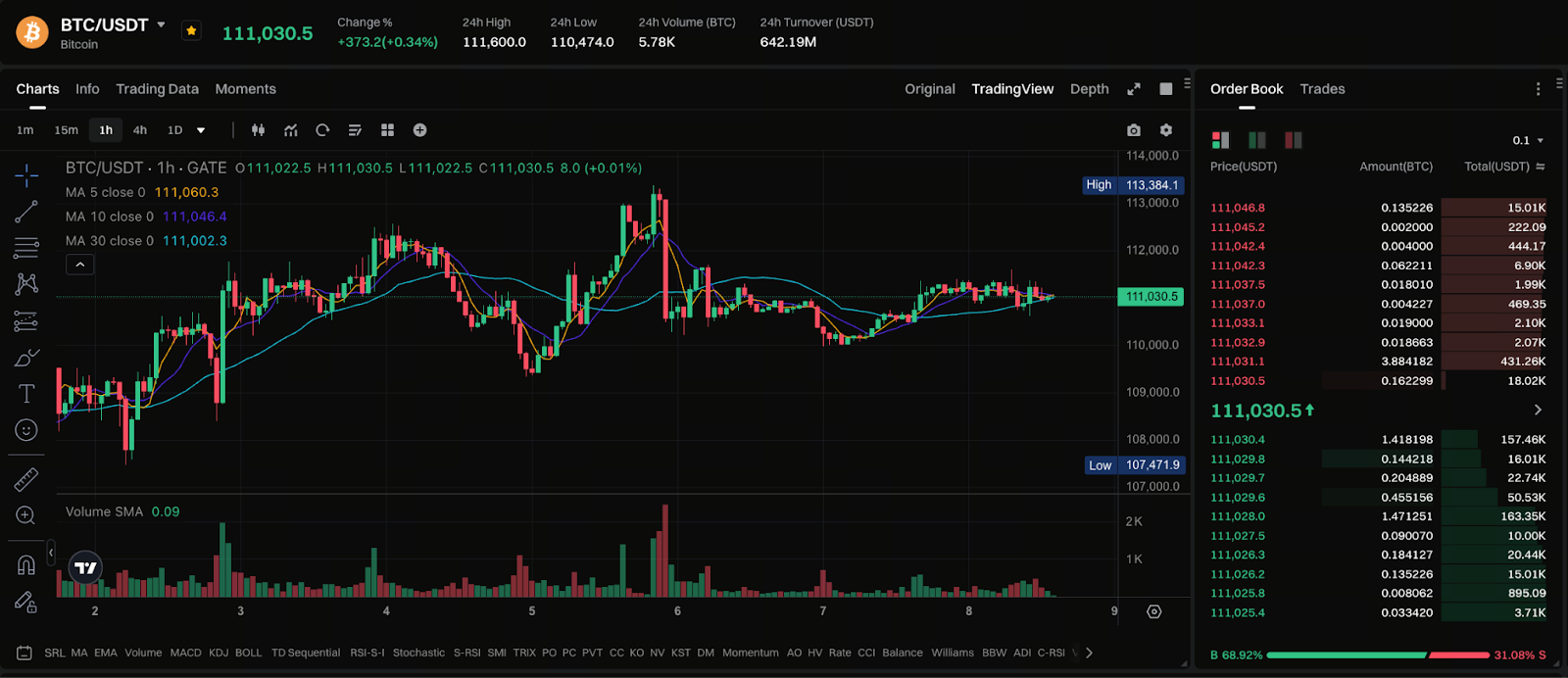BTC Price in 2040: Key Factors and Astonishing Predictions
Why Should We Pay Attention to Bitcoin’s Price in 2040?

See the chart at: https://www.gate.com/trade/BTC_USDT
Investors now increasingly view Bitcoin as “digital gold,” moving far beyond its origins as a niche investment. Many are asking: If held for the long term, how high could its value rise by 2040? This question isn’t only about the potential for returns—it’s fundamentally tied to how we perceive the future structure of global finance.
Vast Disparities in Forecasts
Price predictions for Bitcoin in 2040 show enormous divergence. Conservative models estimate it may stay within the $300,000 to $400,000 range. More optimistic projections put it between $600,000 and $1 million. Under extremely bullish scenarios, some experts predict it could surpass $5 million—or even higher.
These differences arise from varying assumptions: some models project historical average growth rates, others focus solely on inflation and halving dynamics, while some factor in large-scale institutional adoption or radical shifts in the global monetary system.
Three Key Drivers Shaping Future Prices
First, the Bitcoin halving. Every four years, Bitcoin undergoes a halving event, with all newly mined coins ending by 2140. Steadily tightening supply, combined with stable or growing demand, drives long-term price appreciation.
Second, inflation and the need for safe-haven assets. If fiat currencies continue to face persistent inflation, Bitcoin is likely to see increased adoption as a store of value, which would further intensify demand.
Third, technology and policy changes. Advances like the Lightning Network have improved transaction efficiency, while more nations are relaxing or clarifying regulatory stances. Large-scale institutional asset allocation could also add powerful momentum. Conversely, stricter regulation or technological bottlenecks may curb price growth.
Most Bearish vs. Most Bullish Scenarios
The most bearish forecasts suggest Bitcoin could end up underperforming gold and remain in the lower hundreds of thousands of dollars. In contrast, the most bullish models see the price reaching several million dollars, driven by the possibility of Bitcoin becoming a mainstream global reserve asset or taking over some fiat currency roles.
How Should Investors Rationally Approach These Numbers?
For newcomers, the most important thing to realize is that these forecasts are only references. The range is wide, and no single prediction should be taken as definitive. Additionally, the smarter approach is to understand the logic behind the numbers. Assess trends based on supply-demand dynamics, macroeconomic shifts, and technological progress. Most importantly, investment strategies should prioritize diversification and risk management rather than making investment decisions based solely on optimistic forecasts.
Related Articles

2025 BTC Price Prediction: BTC Trend Forecast Based on Technical and Macroeconomic Data

Flare Crypto Explained: What Is Flare Network and Why It Matters in 2025

Pi Coin Transaction Guide: How to Transfer to Gate.com

How to Use a Crypto Whale Tracker: Top Tool Recommendation for 2025 to Follow Whale Moves

What is N2: An AI-Driven Layer 2 Solution
